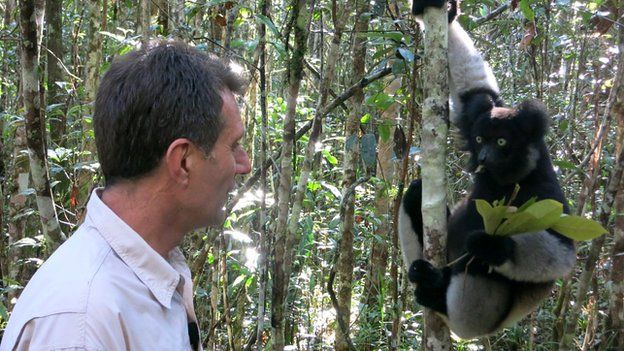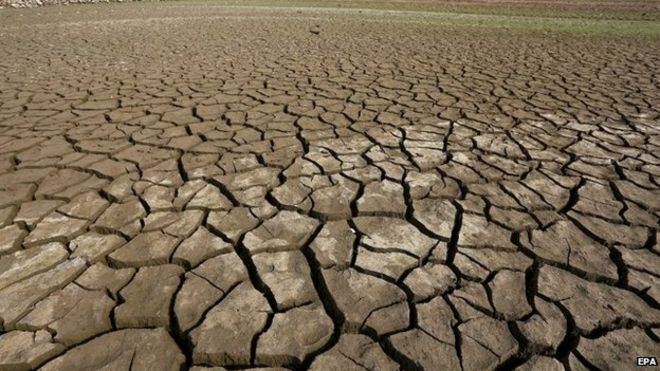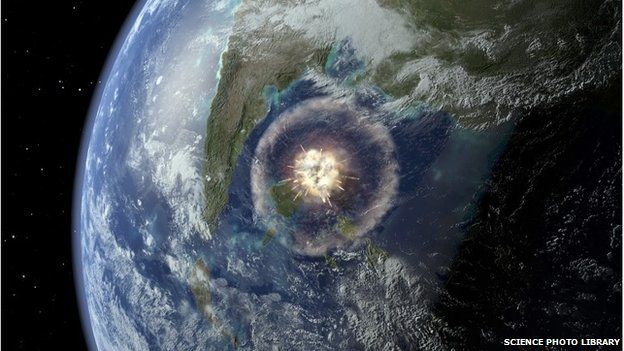The famous lemurs of Madagascar face such severe threats to their survival that none of them may be left in the wild within 25 years.

Deforestation and hunting in Madagascar are taking a devastating toll on lemurs
That stark warning comes from one of the world's leading specialists in the iconic animals.
Deforestation and hunting are taking an increasing toll, according to Professor Jonah Ratsimbazafy, director of GERP, a centre for primate research in Madagascar.
"My heart is broken," he told the BBC, "because the situation is getting worse as more forests disappear every year. That means the lemurs are in more and more trouble."
So far 106 species of lemur have been identified and nearly all of them are judged to be at risk of extinction, many of them critically endangered.
The habitats they depend on - mostly a variety of different kinds of forest - only exist in Madagascar.
"Just as fish cannot survive without water, lemurs cannot survive without forest, but less than 10% of the original Madagascar forest is left," said Prof Ratsimbazafy, who is also a co-vice chair of the Madagascar primates section of the International Union for the Conservation of Nature (IUCN).
"I would believe that within the next 25 years, if the speed of the deforestation is still the same, there would be no forest left, and that means no lemurs left in this island."

A form of slash-and-burn agriculture known as 'tavi' sees trees felled and undergrowth scorched
The pressure to clear the forests comes from a rapidly growing but extremely poor population seeking to open up new farmland. At least 92% of people in Madagascar live on less than the equivalent of $2 a day.
A form of slash-and-burn agriculture known as "tavi" sees trees felled and undergrowth scorched to make way for fields of rice and other crops.
Video of one recent forest clearance shows an apocalyptic scene of an entire hillside of charred stumps and smouldering vegetation.
In one supposedly protected area I visited in eastern Madagascar, a sign announcing a prohibition on tree felling stood ignored amid new plantations of banana palms and maize.
Conservationists have long argued that slash-and-burn farming is needlessly damaging, leaving the soil unproductive after a few years, and that more intensive forms of cultivation would allow more forests to be left standing.
The government of Madagascar has recently confirmed that as much as 10% of the country is now earmarked in some way for wildlife - from national parks to what are called protected areas - but the rules are often not enforced at a local level.



